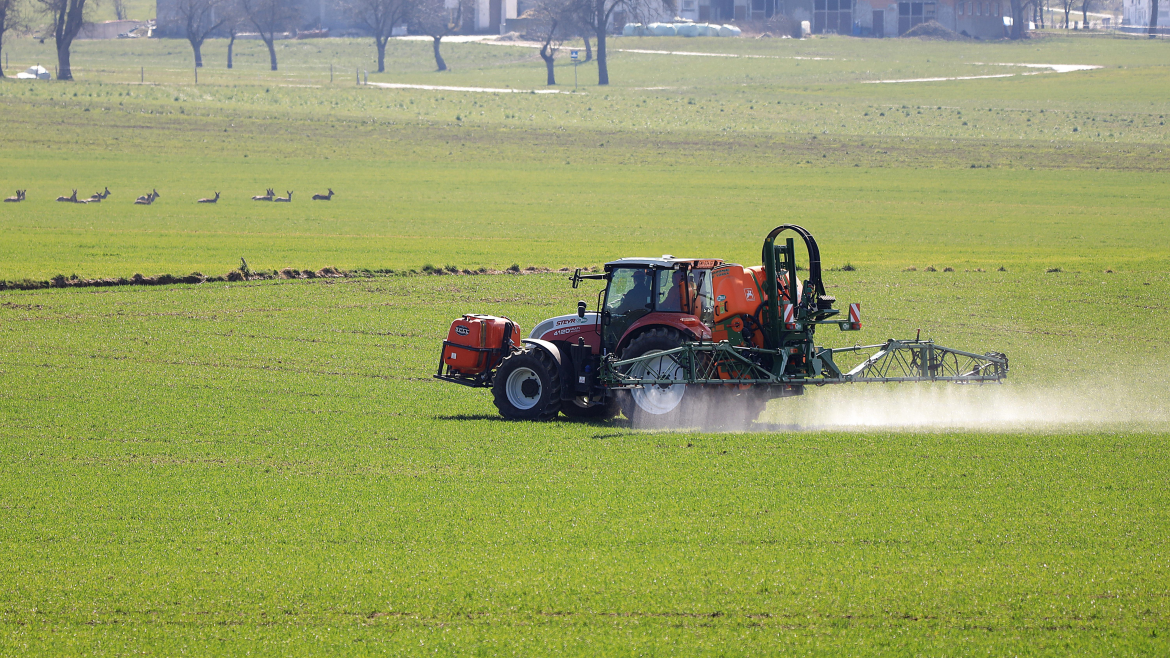At CHCNAV Agriculture, we are committed to transforming agricultural practices with our cutting-edge technology, particularly our agricultural GPS guidance systems for sale. Our systems are designed to enhance efficiency and maximize outputs while minimizing resource waste. In today’s competitive farming environment, optimizing resource use is essential for sustainability and profitability. This article explores how farmers can utilize CHCNAV GPS guidance systems to optimize their resource management effectively.
Understanding Precision Resource Management
One of the primary benefits of agricultural GPS guidance systems is their ability to facilitate precision resource management. With our advanced technology, farmers can accurately monitor soil conditions, moisture levels, and crop health across their fields. This data-driven approach allows farmers to apply resources—such as water, fertilizers, and pesticides—precisely where they are needed, rather than using a one-size-fits-all strategy. By employing CHCNAV’s GPS guidance systems, farmers can evaluate which areas of their fields require specific treatments, leading to reduced input costs and minimized environmental impact.
Implementing Variable Rate Technology (VRT)
Variable rate technology (VRT) is a key feature of our agricultural GPS guidance systems that enables farmers to tailor their resource applications based on real-time data. For instance, when applying fertilizers, our system identifies areas of the field that have different nutrient requirements and adjusts application rates accordingly. By utilizing VRT, farmers can avoid over-application in certain areas while ensuring that underperforming sections receive the nutrients they need. This targeted resource allocation not only enhances crop growth but also conserves valuable inputs, leading to significant cost savings. At CHCNAV Agriculture, we emphasize the importance of VRT in optimizing resource use effectively.
Enhancing Irrigation Efficiency
Inefficient irrigation practices can lead to significant resource waste and negatively impact crop yields. Our agricultural GPS guidance systems help farmers optimize irrigation by providing precise information on soil moisture levels and weather conditions. This data enables farmers to implement smart irrigation strategies, such as scheduling watering based on current soil needs rather than relying on fixed schedules. By adjusting irrigation practices with the insights gained from CHCNAV’s GPS technology, farmers can significantly reduce water usage while ensuring that their crops receive adequate hydration. This efficient use of water resources is not only environmentally friendly but also promotes sustainable farming practices.
Conclusion
CHCNAV agricultural GPS navigation systems can significantly improve farming sustainability and efficiency by optimizing resource utilization. Through the implementation of variable rate technology, precise resource management, and improved irrigation efficiency, our systems enable farmers to make well-informed decisions that result in lower costs and higher production. Adopting cutting-edge technologies like CHCNAV’s GPS navigation systems for sale will be essential to ensuring a prosperous and sustainable future as agriculture faces increasing challenges.
